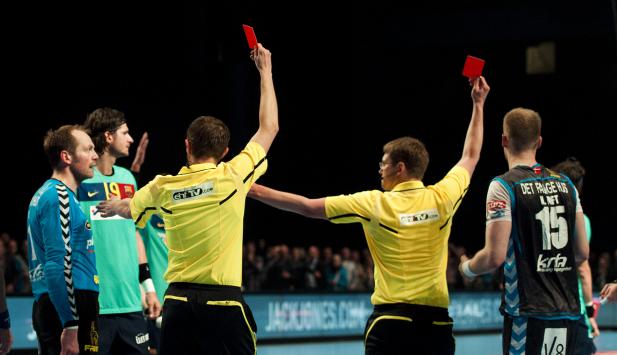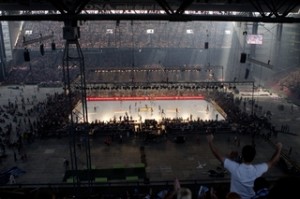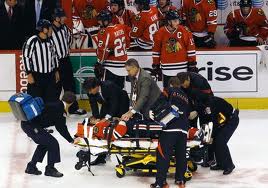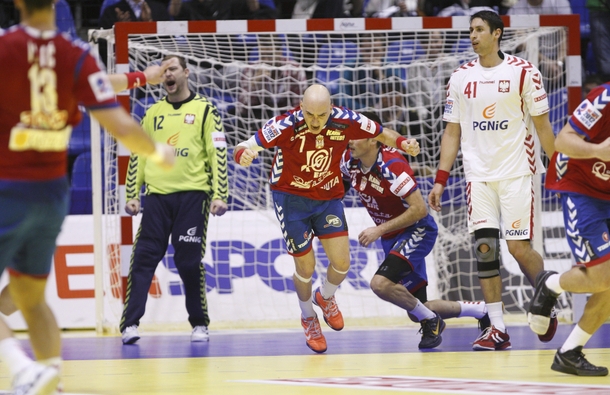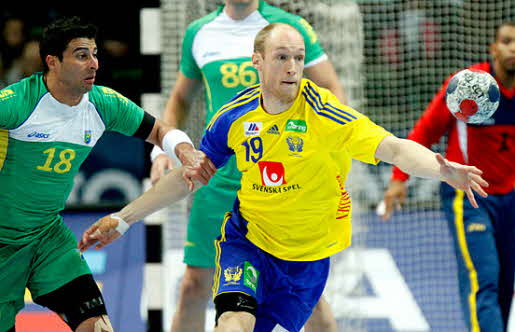
which is your favorite station?
Unlike my story about IHF uniform policies, dated April 1, this is a story that you can believe: London Transport has come up with the great idea of honoring as many as 361 prominent Olympic athletes by temporarily naming all of their Underground (‘Tube’) and Overground stations after them, in connection with the Olympic Games this summer. Clearly it is a matter of prestige to have been included in the group of the 361 to be selected in this manner.
Handball is not a sport with great traditions in Britain, but we managed to get at least four of our best known former (and, in the case of Balic, probably continuing) Olympians selected. Naturally, this could cause a debate about other noteworthy handball players having been left out, even if the choice was limited to athletes who have had an impact in the Olympics. Perhaps there could have been room for a representative of the French and Norwegian gold medalists in 2008 or a Gatu, Horvat or Turtjina from the 1970s.
It is not surprising that the list is dominated by the ‘big’ Olympic sports, such as swimming, boxing, gymnastics, basketball, and especially track & field. Football is less represented, as the names in football, like a few other sports, reflect the non-Olympic status of athletes from certain sports during long periods. It seems that those who decided about the list at least tried to avoid discrimination by gender or nationality. In fact, there is no information available about who was involved in the selection process, so we do not know if federations had any role at all.
Efforts have been made to group athletes together by sports. The entire ‘District’ and ‘Circle’ lines are dedicated to runners, e.g., Carl Lewis, Wilma Rudolph, Usain Bolt, Marlene Ottey, Michael Johnson, Herb Elliott, Maria Mutola, Emil Zatopek and, of course, Sebastian Coe, the boss for the entire event in London 2012. The jumpers got placed on the ‘Metropolitan’ line, among them Beamon, Boston and Fosbury. Edwin Moses has been used as the diplomatic choice for the Wimbledon station; it might have been too controversial to pick a particular tennis player for that. But Nadal, Federer, Agassi, Graf, Becker, the Williams sisters and several others appear in other locations.
Michael Phelps has received a special location of honor, at the Stratford station, which is the stop for the Olympic stadium and area. Muhammed Ali (a.k.a. Cassius Clay) got the international station near Stratford. Swimmers also include Dawn Fraser, Johnny Weissmuller, Kornelia Ender, Ian Thorpe and Matt Biondi. Boxers include Teofilo Stevenson, Laszlo Papp, Sugar Ray Leonard, Michael Spinks, Joe Frazier and several others. The gymnasts feature Olga Korbut, Nadia Comaneci and Mary Lou Retton.
‘Dream teams’ in basketball have left a mark, and the names at the apex of the ‘Northern’ line look impressive: Bird, Barkley, Ewing, Jordan, Bryant, James but also old-timer Oscar Robertson. The women’s group includes Cheryl (Miller) and Sheryl (Swoops). But American women also come through in football: Hamm, Wambach, Scurry and Chastain each got a station, as did Brazilian Marta. On the men’s side we go from Hungarian legends Puskas and Kocsis to current stars such as Messi and Tevez.
I do not think we should take the choices and the omissions too seriously, but surely you agree that this is a pretty smart way to be reminded about great Olympic moments and performers from the past!


